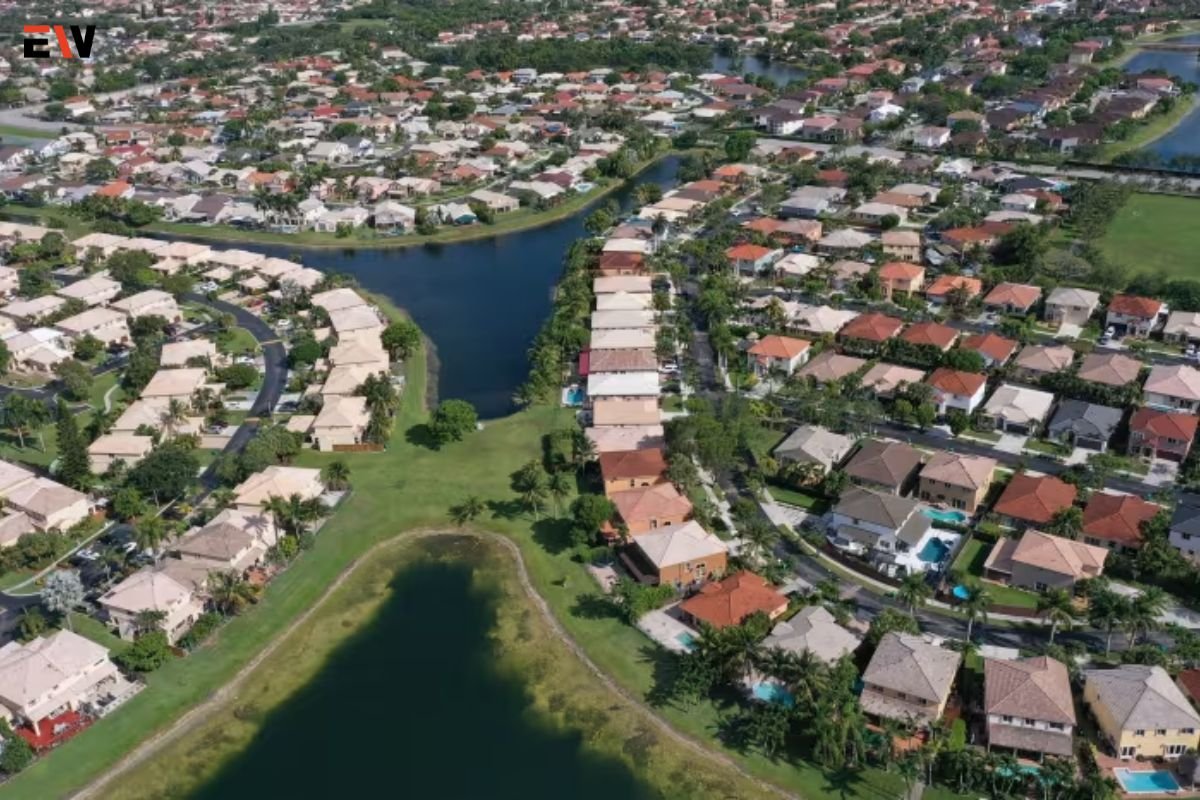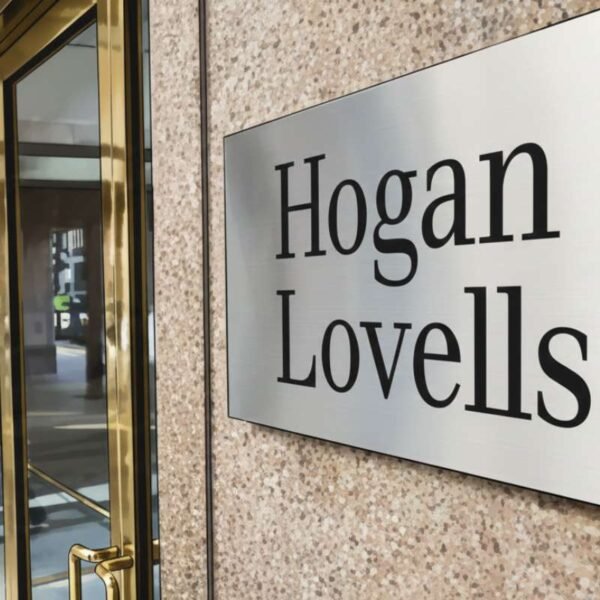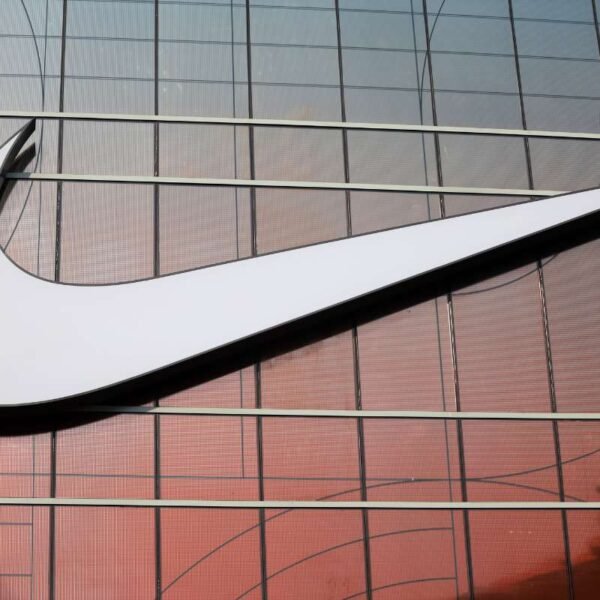Source – MarketWatch
Declining Mortgage Rates
Mortgage rates in the United States have dropped to their lowest level since early April, providing a slight reprieve for the country’s increasingly unaffordable housing market. According to Freddie Mac, the average rate for a standard 30-year fixed-rate mortgage was 6.87% in the week ending June 20, down from 6.95% the previous week. This marks the third consecutive weekly decline and follows a peak of 7.22% earlier this year.
Freddie Mac’s chief economist, Sam Khater, attributed the decrease to signs of cooling inflation and market expectations of potential Federal Reserve rate cuts. He expressed optimism about the impact of lower mortgage rates combined with improving housing supply dynamics.
Federal Reserve Influence and Market Impact
Despite recent declines, current mortgage rates remain notably higher than pre-2022 levels when the Federal Reserve began raising interest rates to combat inflation. While borrowing costs are expected to ease somewhat this year, economists caution that significant drops below 6% are unlikely. The Federal Reserve’s decisions indirectly influence mortgage rates through movements in the benchmark 10-year US Treasury yield, which adjusts in anticipation of Fed policy changes.
Challenges in the Housing Market
Although recent rate reductions offer a glimmer of hope, the overall US housing market continues to face challenges exacerbated by elevated interest rates. Recent government data revealed disappointing figures for new home construction in May, with housing starts falling to the lowest level since 2020. Building permits, a forward indicator of future construction activity, also fell short of economists’ expectations.
The National Association of Home Builders/Wells Fargo Housing Market Index, which measures builder sentiment, reported a decline to its lowest level since December. NAHB Chairman Carl Harris highlighted that high mortgage rates are deterring potential buyers, while builders contend with increased costs for construction loans, labor shortages, and limited available land.
Persistent Affordability Issues
Rising home prices further compound the affordability crisis across America. The S&P CoreLogic Case-Shiller US National Home Price Index indicated a 6.5% year-over-year increase in March, reaching record highs in urban centers like San Diego, Los Angeles, and New York. This marks the sixth time the index has hit a new peak in the past year, underscoring strong demand despite economic pressures.
According to the annual Demographia International Housing Affordability report, California hosts some of the most expensive housing markets in the US, alongside Honolulu, Hawaii. Affording a median-priced home typically requires a substantial down payment, often exceeding $127,000 — approximately double the median annual salary of a US worker, as analyzed by Zillow.
Chief Economist Skylar Olsen of Zillow noted that achieving such savings can be challenging without external financial support, prompting some buyers to explore options like relocating, pooling resources with others, or renting out extra space to manage affordability constraints.
As the housing market navigates fluctuating mortgage rates and soaring prices, stakeholders anticipate continued adjustments in policy and market conditions to address ongoing affordability challenges nationwide.










